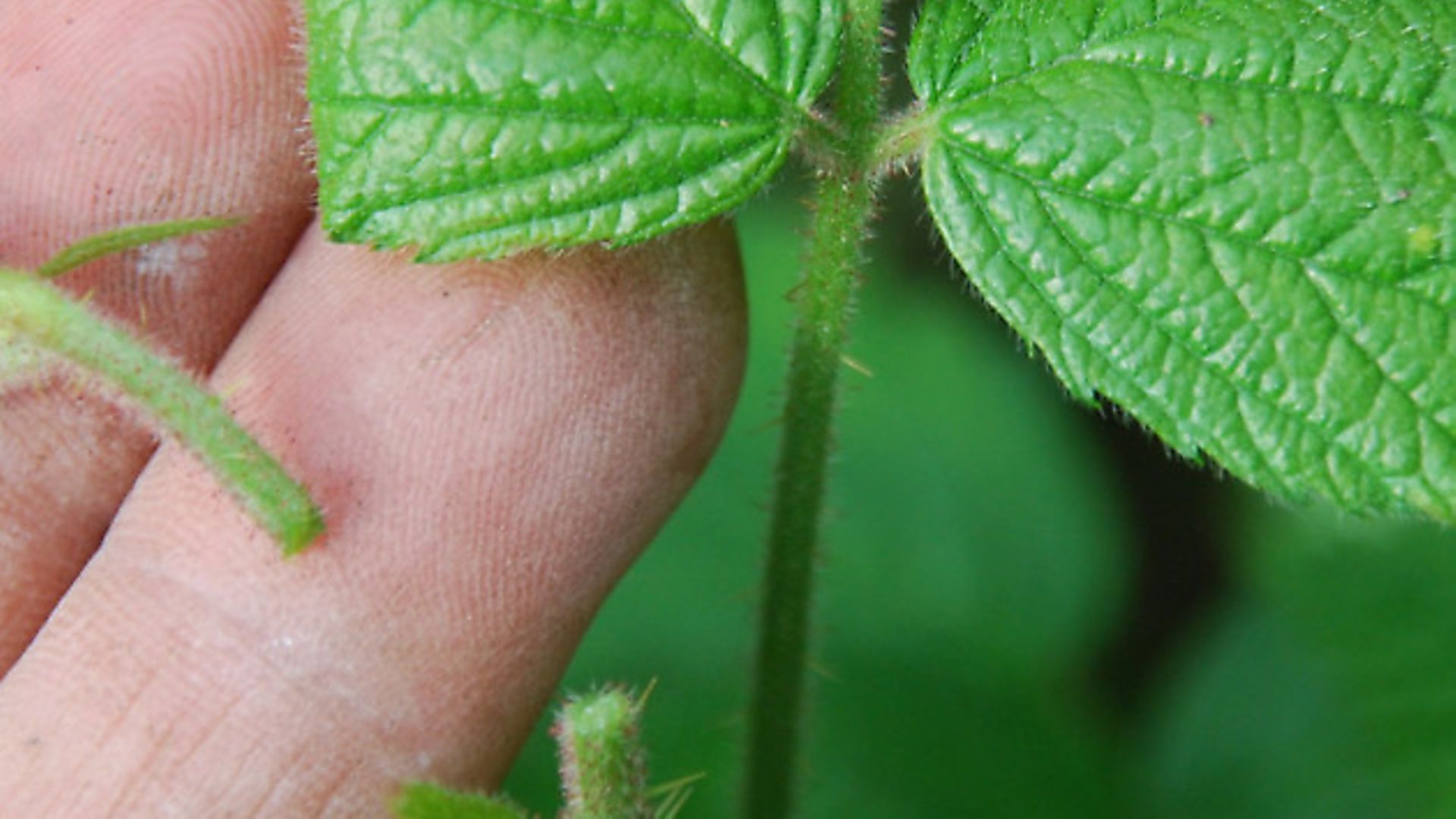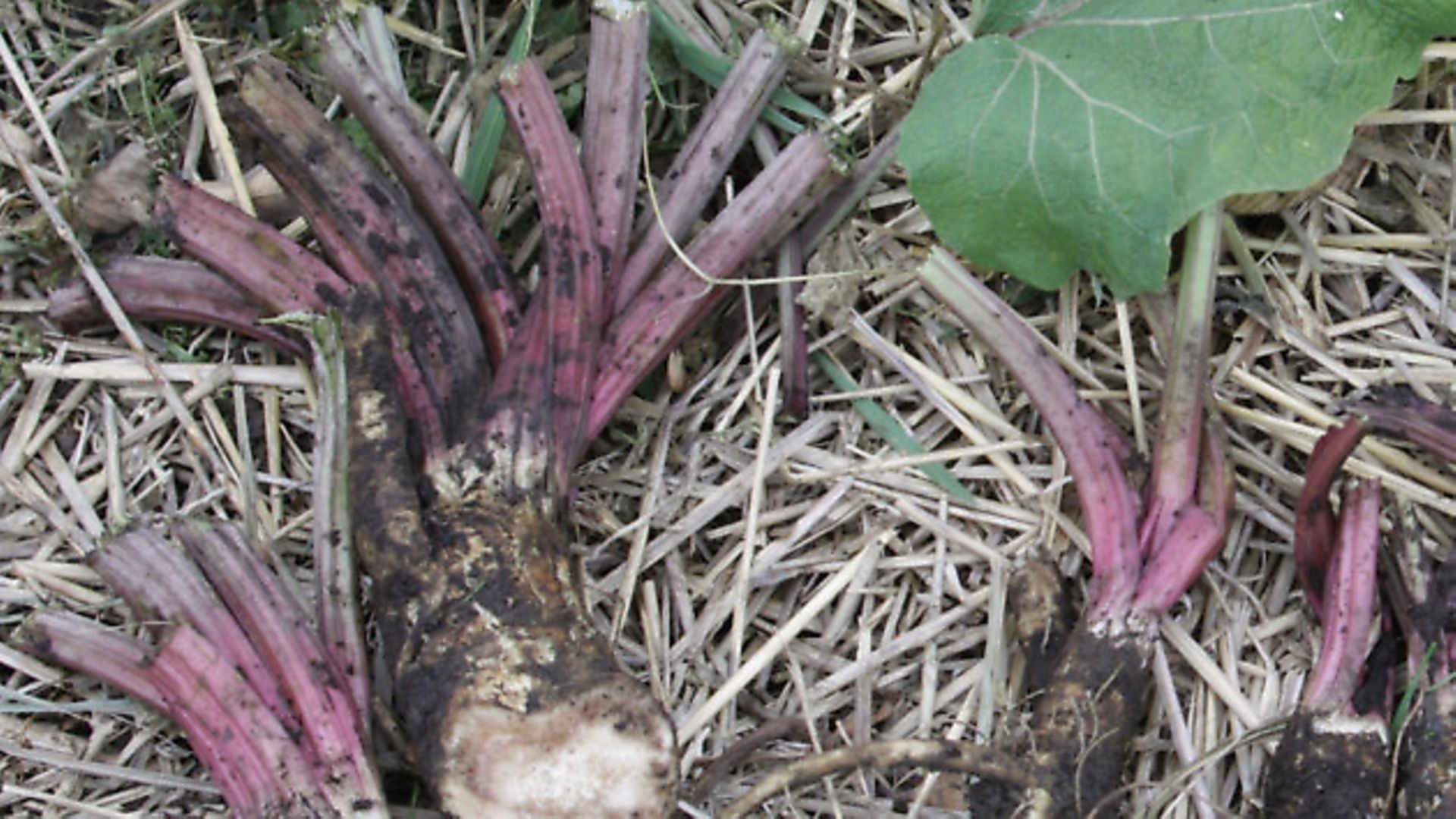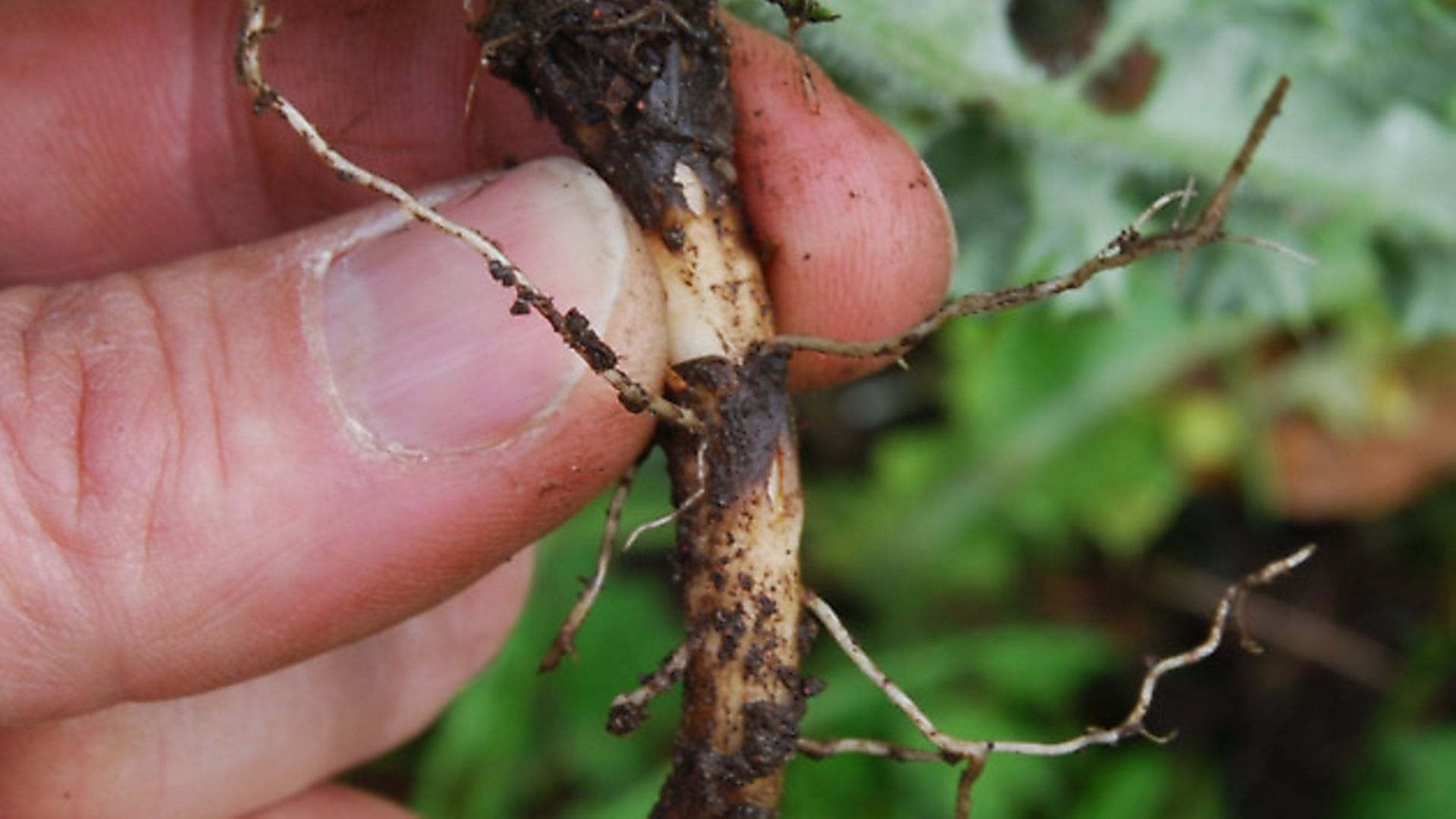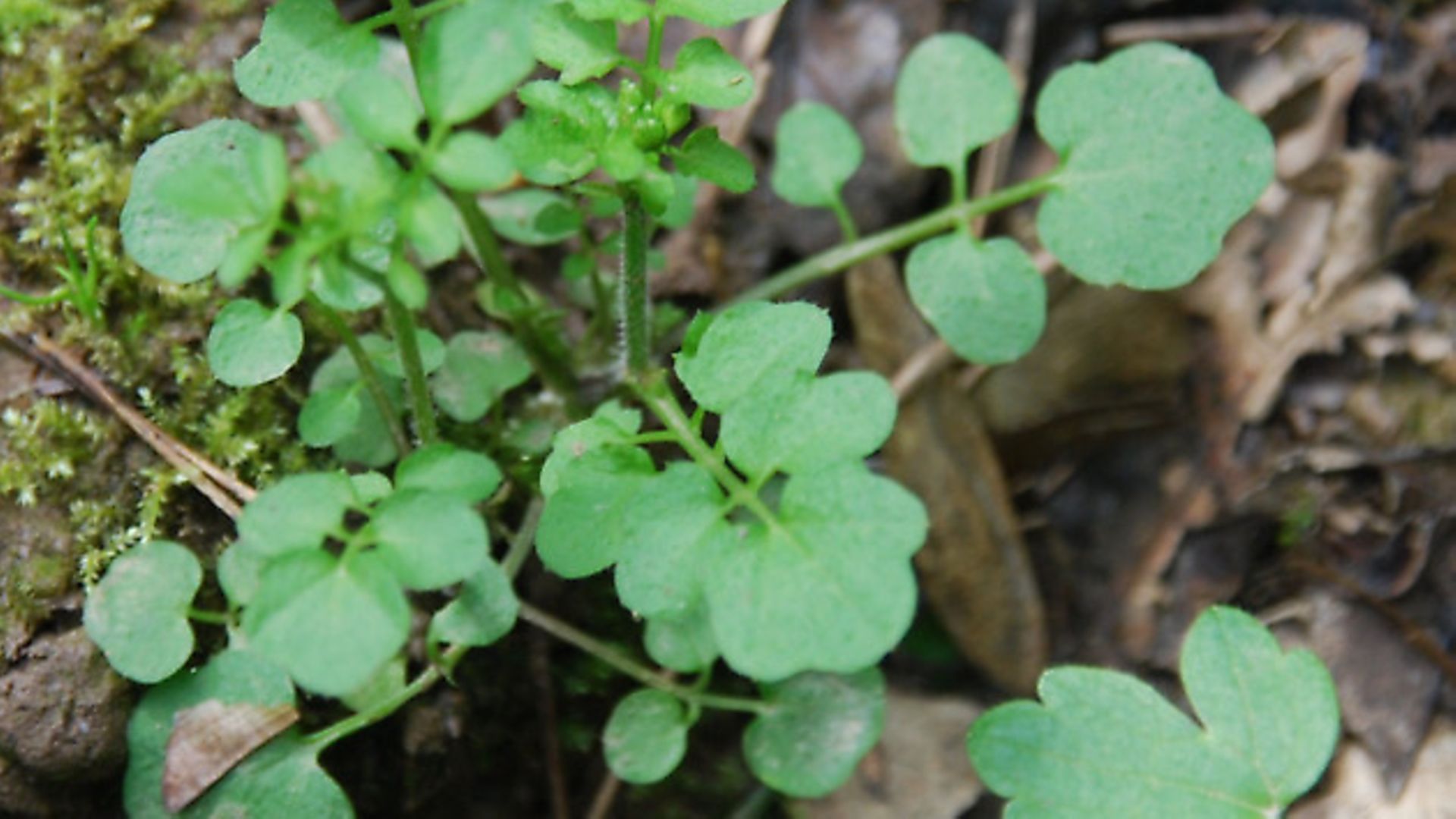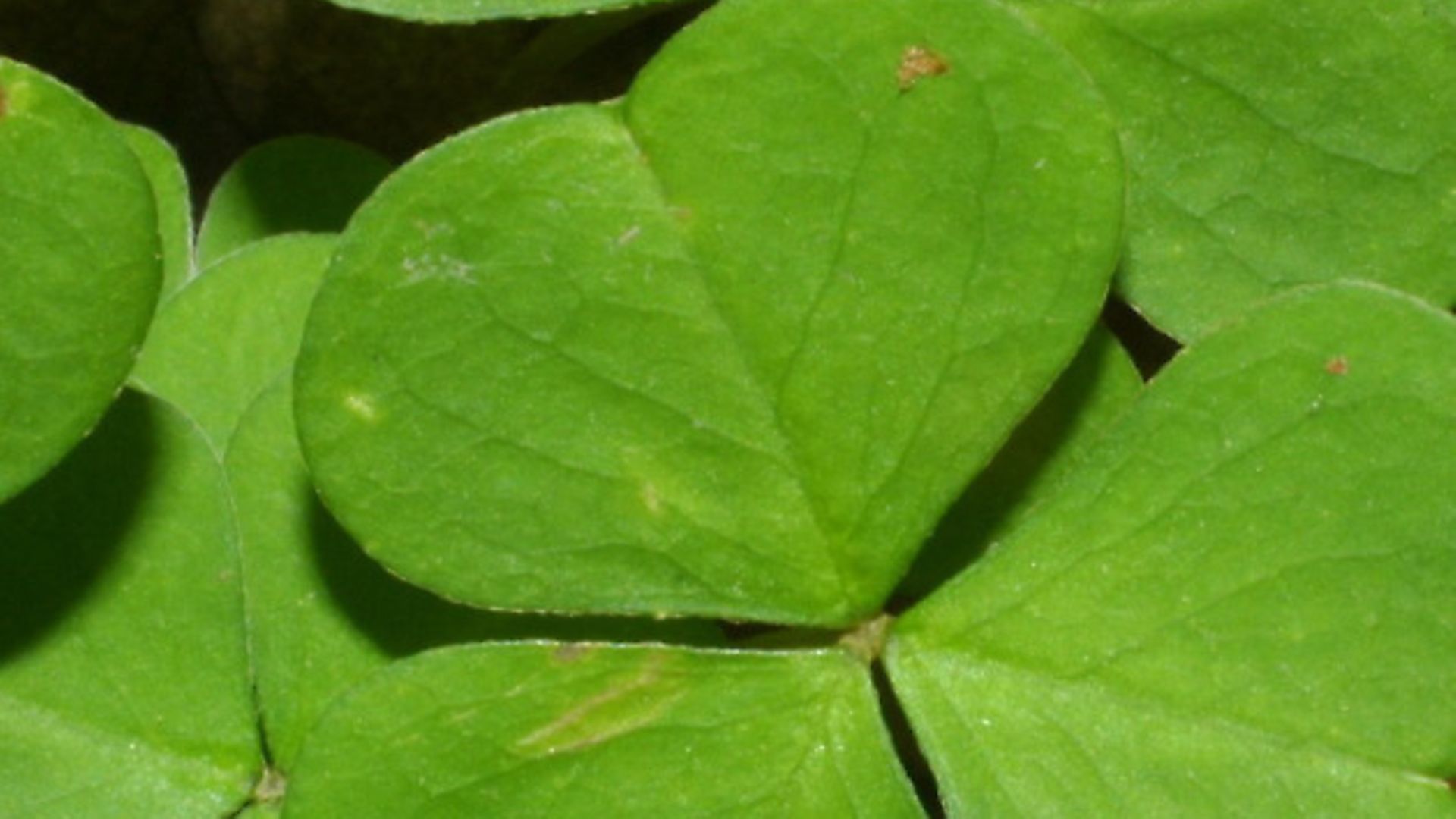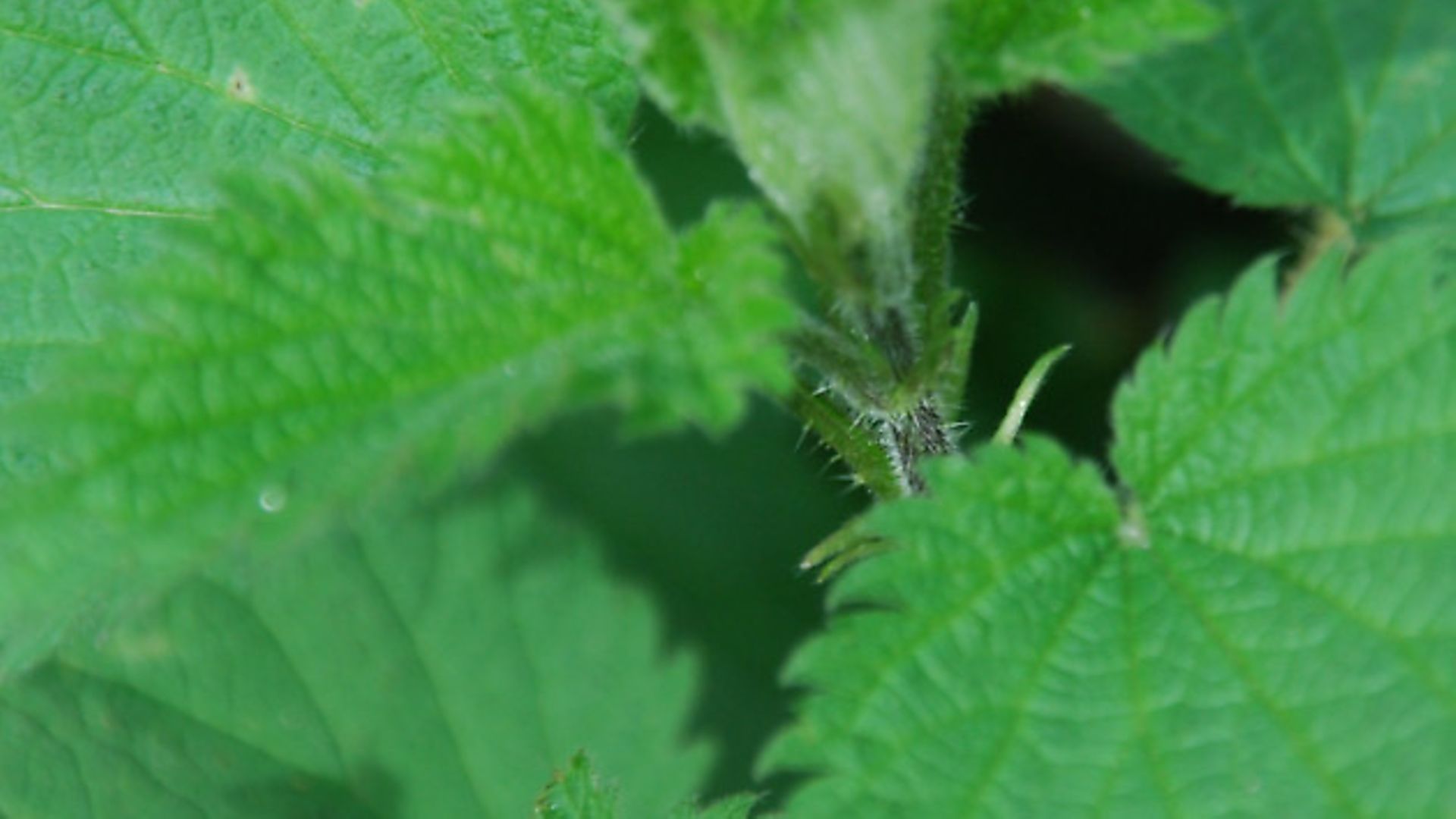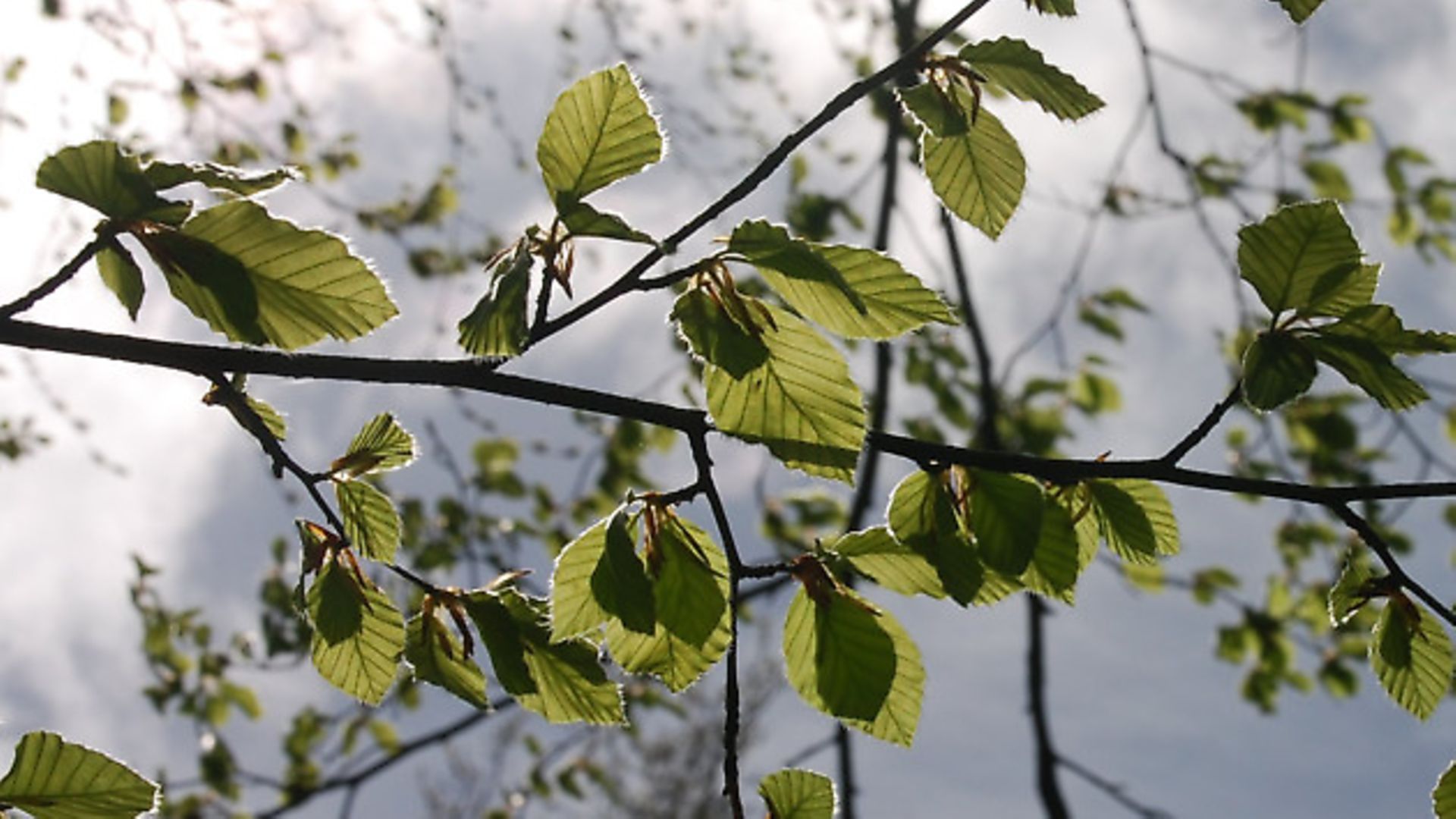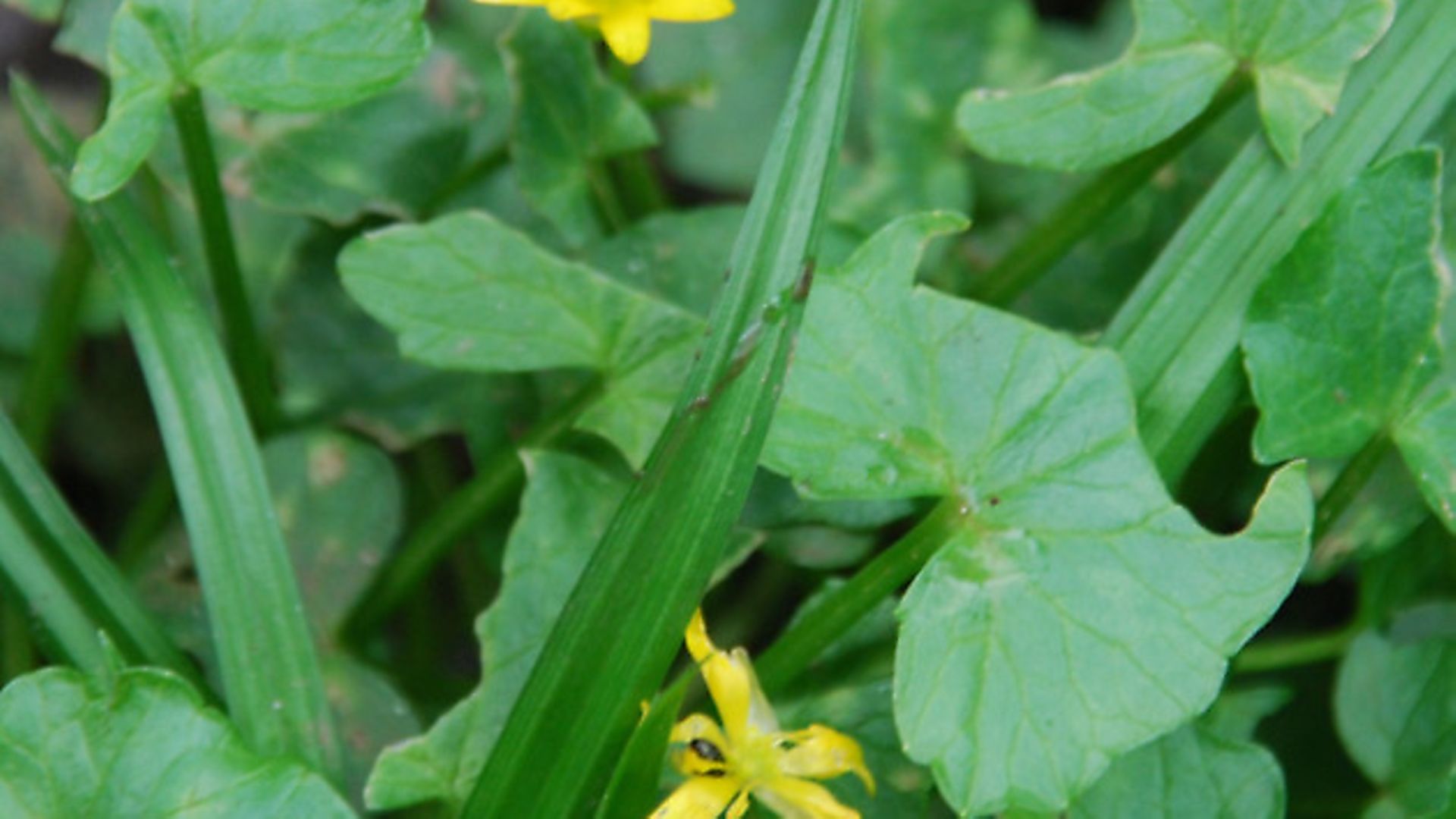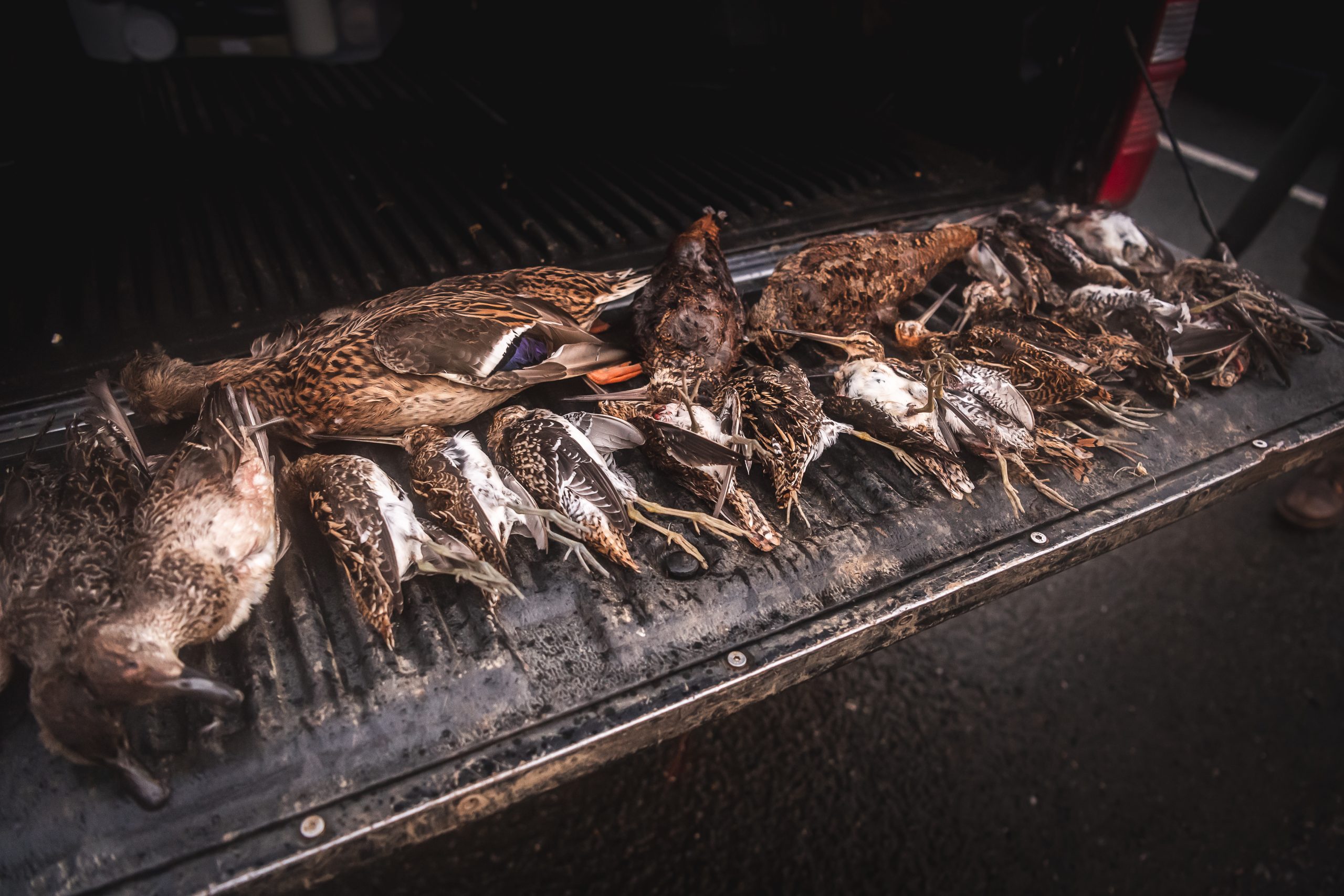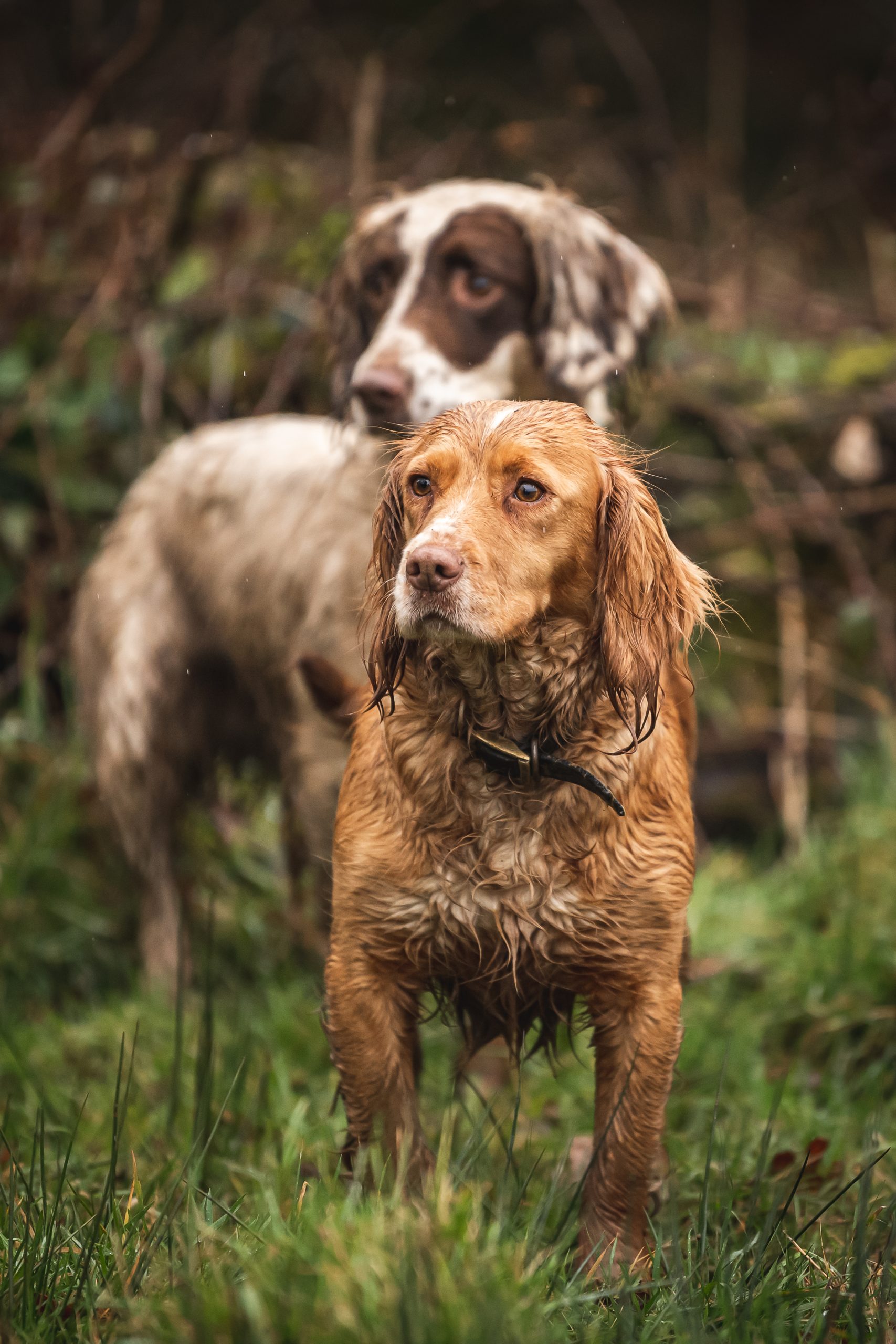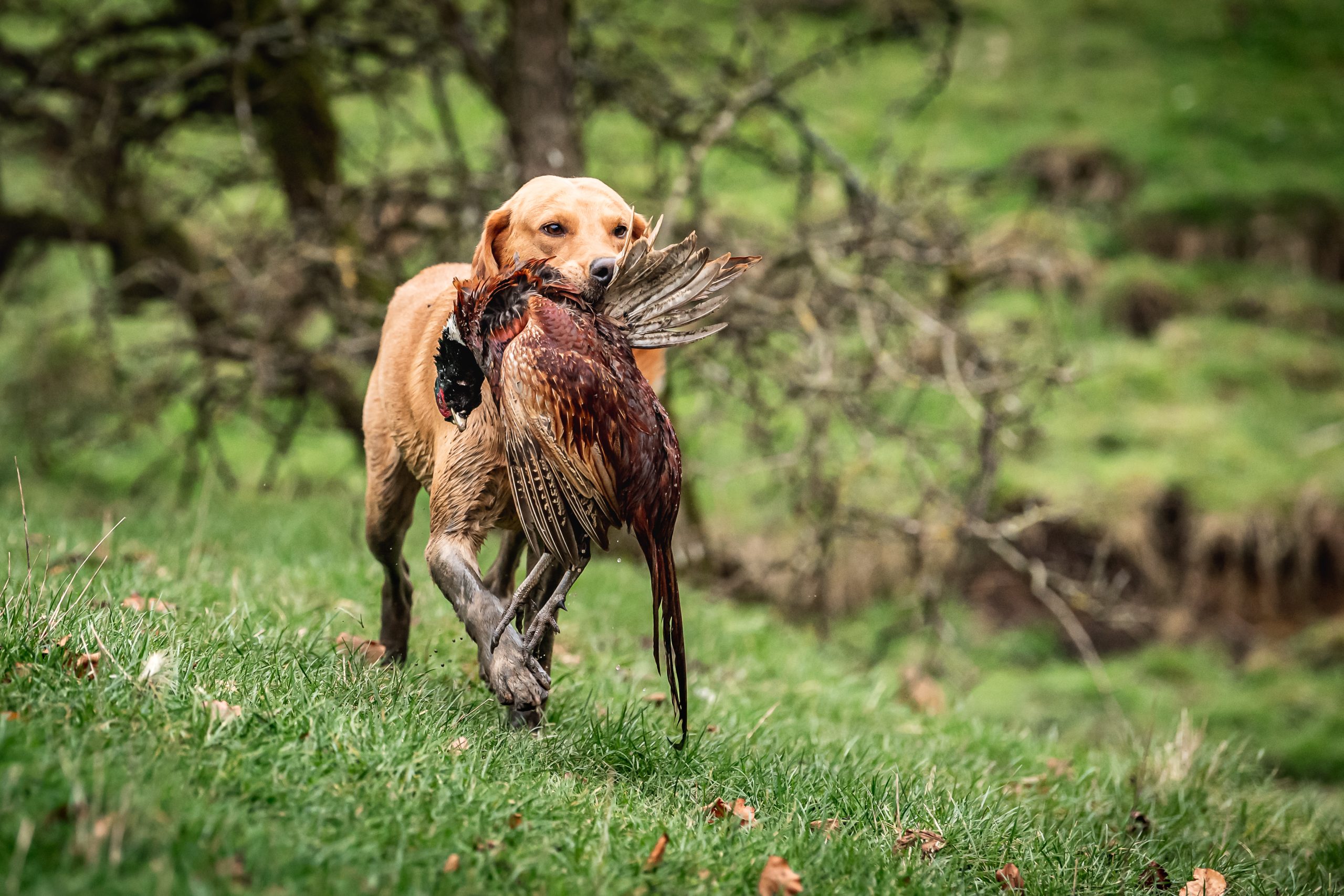Shooting
Foraging: Top 10 edible plants
Would you like to appear on our site? We offer sponsored articles and advertising to put you in front of our readers. Find out more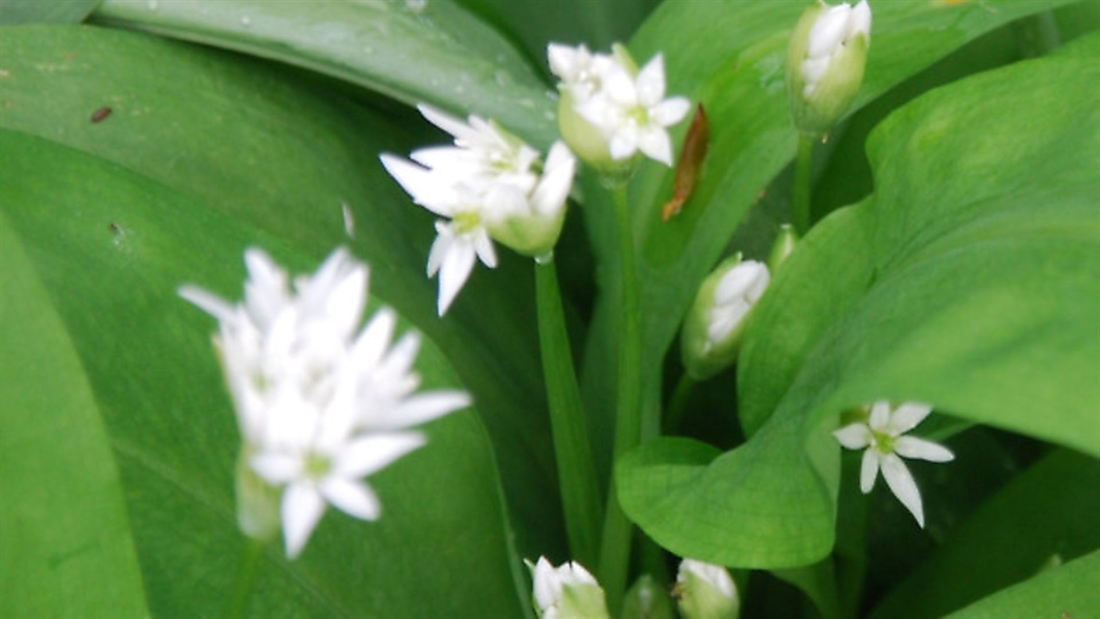
Now’s the time to get foraging. Follow Jonny’s guide to pick only the best and safest edible plants
The summer is around the corner and all the tasty edibles are fresh and juicy. Now is a superb time to get out in the woods and hedgerows to sample some of what nature has to offer. Before we start to tuck in, I’d like to tell you that I’ve made many a tasty soup. This sounds bizarre, but it’s actually a way to remember what is good and what is bad to eat and how to approach your foraging. Take the initial letters of ‘I’ve Made Many A Tasty Soup’:
I = Identification – The learner must be 100% sure of what they are taking
M = Medication – Some plants have been used for centuries as a form of medication, but caution should be taken if used on minors
M = Minors – Caution should be taken when introducing minors to foraging
A = Allergies – Be aware that some allergies may be exacerbated if certain plants are consumed
T = Tolerance – Refers to one’s own tolerance
S = Safe Sourcing – Pick above dog height and don’t source from roadsides
You should also be aware of the 1968 Theft Act, which states that you can take the four Fs, namely foliage, fungi, fruits and flowers. There are a couple of provisos though: the plants should not be on the endangered species list nor should the plants be taken for commercial gain. Also, you are not permitted to dig anything up without the landowner’s consent.
So what can we eat? Here are 10 plants that you can make into a meal.
1 Ramsons
Otherwise known as wild garlic. Look for the long spearhead-shaped leaf, but you should be able to smell it a mile off. Delicious!
2 Bramble shoots
Pick the ends of fast-growing brambles. They should be soft, pliable and have no/soft thorns.
3 Burdock roots
Calorie intake versus calorie expenditure. Burdock roots are always worth the effort. Look for the young plants as their roots are sweeter and tastier. It’s a single tap root that looks like a parsnip.
4 Thistle roots
You get more roots (but they are thinner) with a thistle than you do with burdock. Delicious, but beware, you get the same result as you do if you eat too many Brussels sprouts. One-man tents.
5 Hairy bitter cress
This ubiquitous plant grows abundantly on woodland rides and grassy areas. There is no real substance to it, but it does give you that wonderful peppery taste. One of my favourites!
6 Wood sorrel
Bang! A plant that punches way above its weight. A sharp and tangy taste that has a green apple skin flavour. You can find it growing in blankets on conifer forest floors.
7 Stinging nettles
An old favourite. My favourite method of preparation is to hold it over the fire until it wilts. Then roll up the leaves and pop them in. I love the taste. The nettle is also extremely high in iron.
8 Beech leaves
When they are that improbable translucent light green, you can pick them straight off the trees. They have a slight citrus taste and work extremely well in mild cheddar cheese sandwiches.
9 Celandine roots
Also know as Pile Wort (the shape of the roots will explain that). They must be cooked, but don’t take long. They are a good potato substitute. They are also very shallow so are dead easy to dig up.
10 Mint
Need I say more. Delicious and easy to find by smell alone. It makes a great tea and a wonderful garnish. There are many varieties, but the smell is key.
Be 100% sure you have identified what you are picking but get out there and enjoy! Happy munching.
Related articles
Driven
Vegan to hunter
Emily Damment tells the extraordinary story of one man’s transformation from full veganism to harvesting his own wild meat, with plenty of lessons to learn along the way.
By Time Well Spent
Wildfowling
Generation game
James Green recounts an unforgettable week of wildfowling on Scotland’s Tay estuary, where three families shared the joys, challenges and triumphs of outdoor adventures
By Time Well Spent
Manage Consent
To provide the best experiences, we use technologies like cookies to store and/or access device information. Consenting to these technologies will allow us to process data such as browsing behavior or unique IDs on this site. Not consenting or withdrawing consent, may adversely affect certain features and functions.
Functional Always active
The technical storage or access is strictly necessary for the legitimate purpose of enabling the use of a specific service explicitly requested by the subscriber or user, or for the sole purpose of carrying out the transmission of a communication over an electronic communications network.
Preferences
The technical storage or access is necessary for the legitimate purpose of storing preferences that are not requested by the subscriber or user.
Statistics
The technical storage or access that is used exclusively for statistical purposes.
The technical storage or access that is used exclusively for anonymous statistical purposes. Without a subpoena, voluntary compliance on the part of your Internet Service Provider, or additional records from a third party, information stored or retrieved for this purpose alone cannot usually be used to identify you.
Marketing
The technical storage or access is required to create user profiles to send advertising, or to track the user on a website or across several websites for similar marketing purposes.




